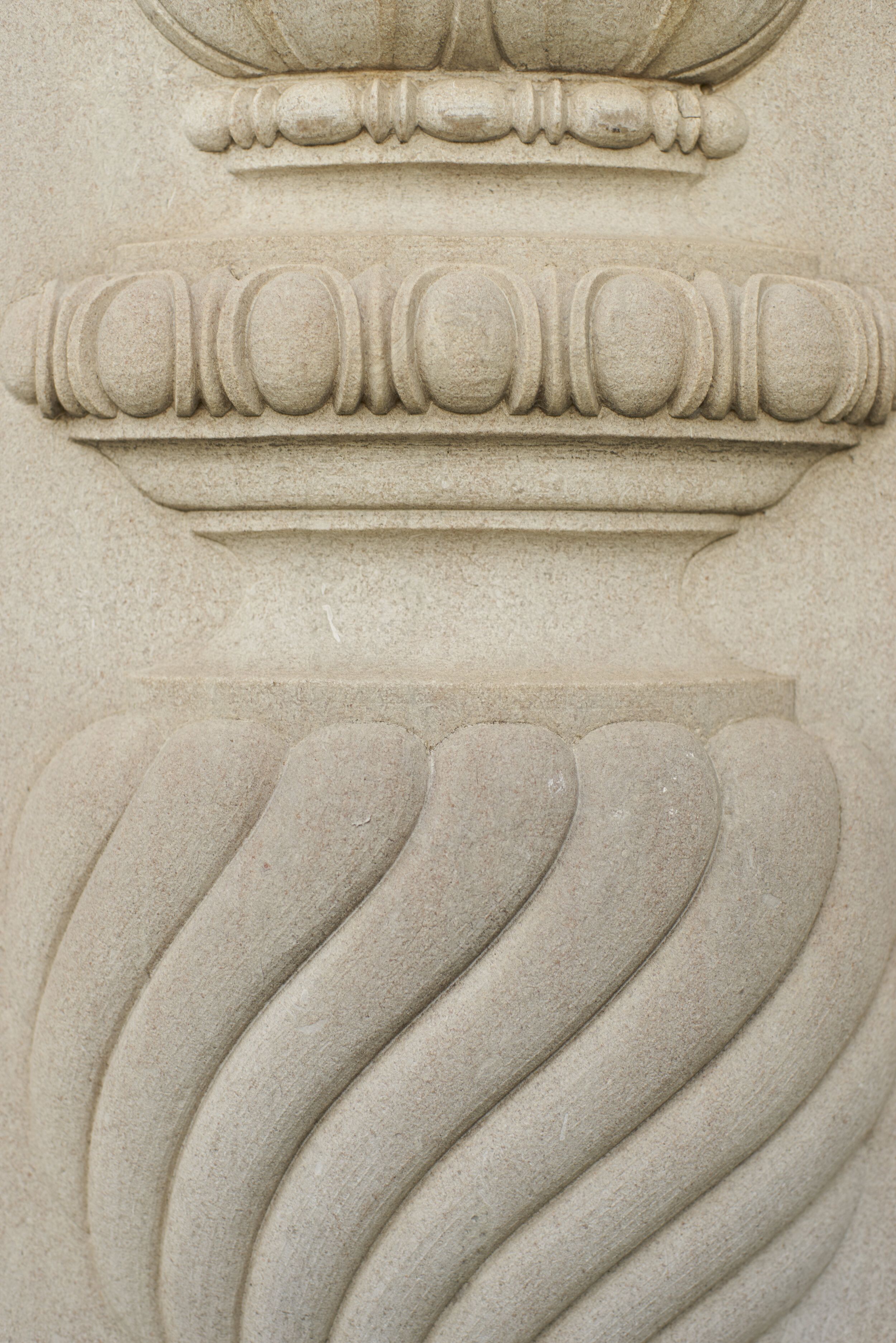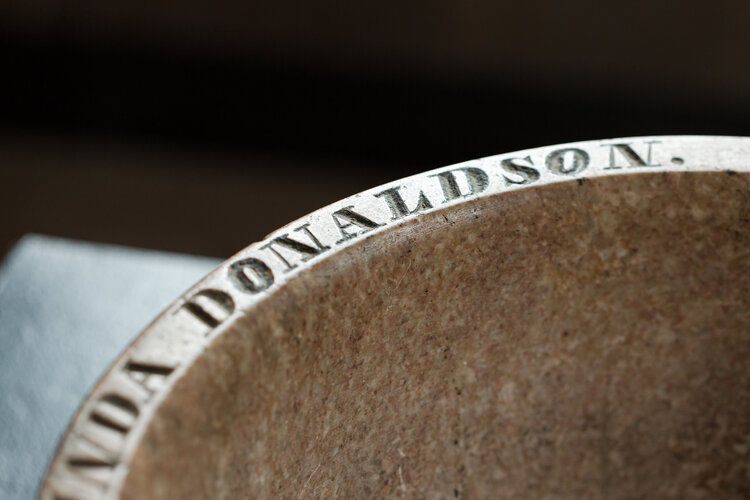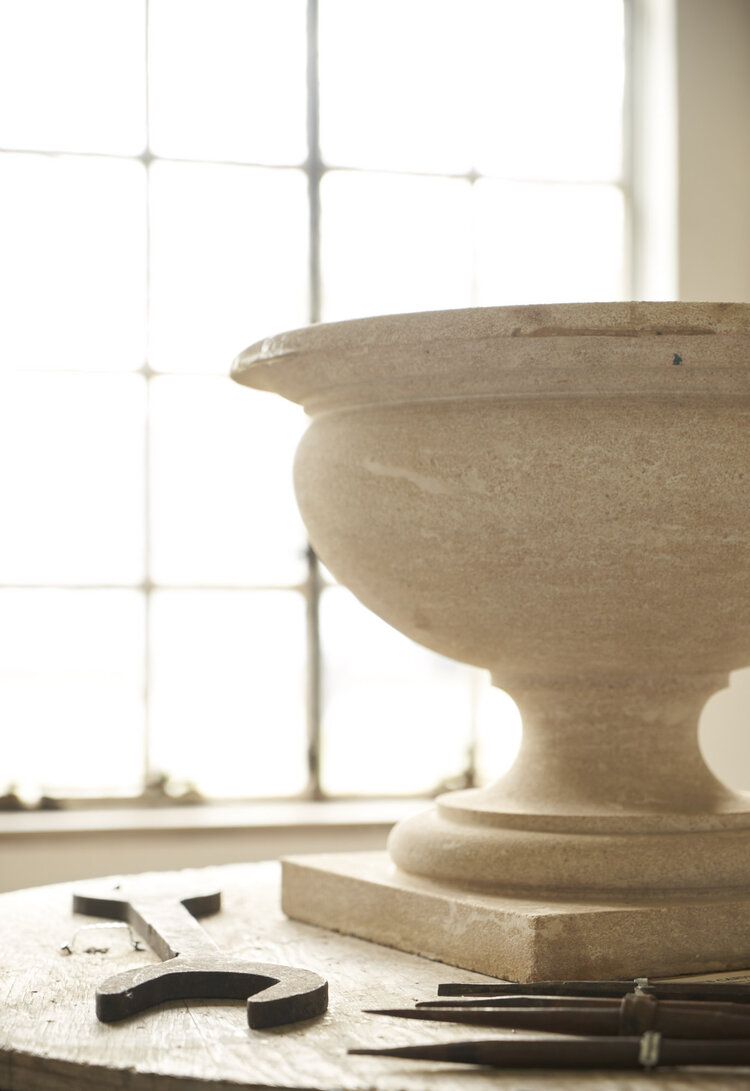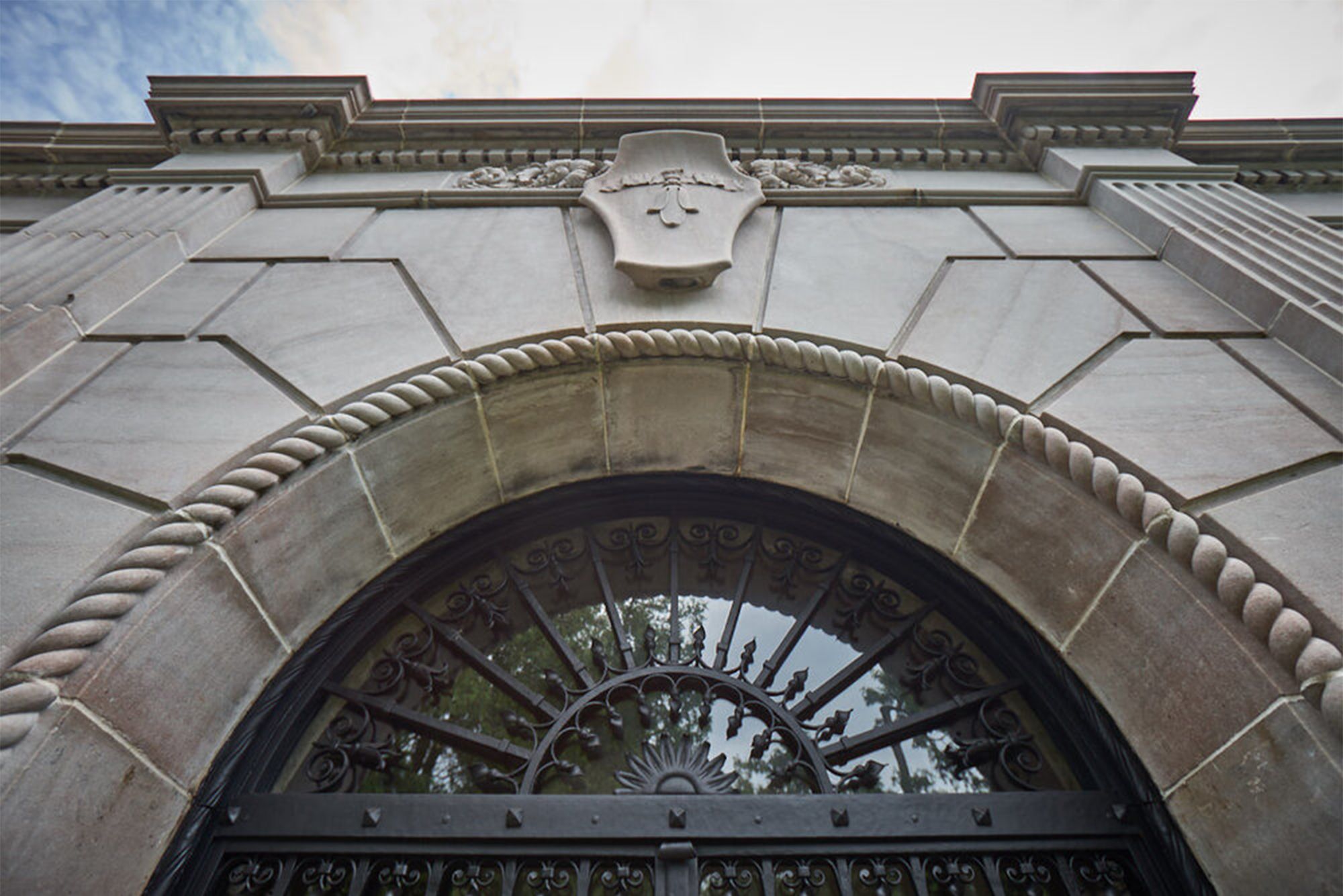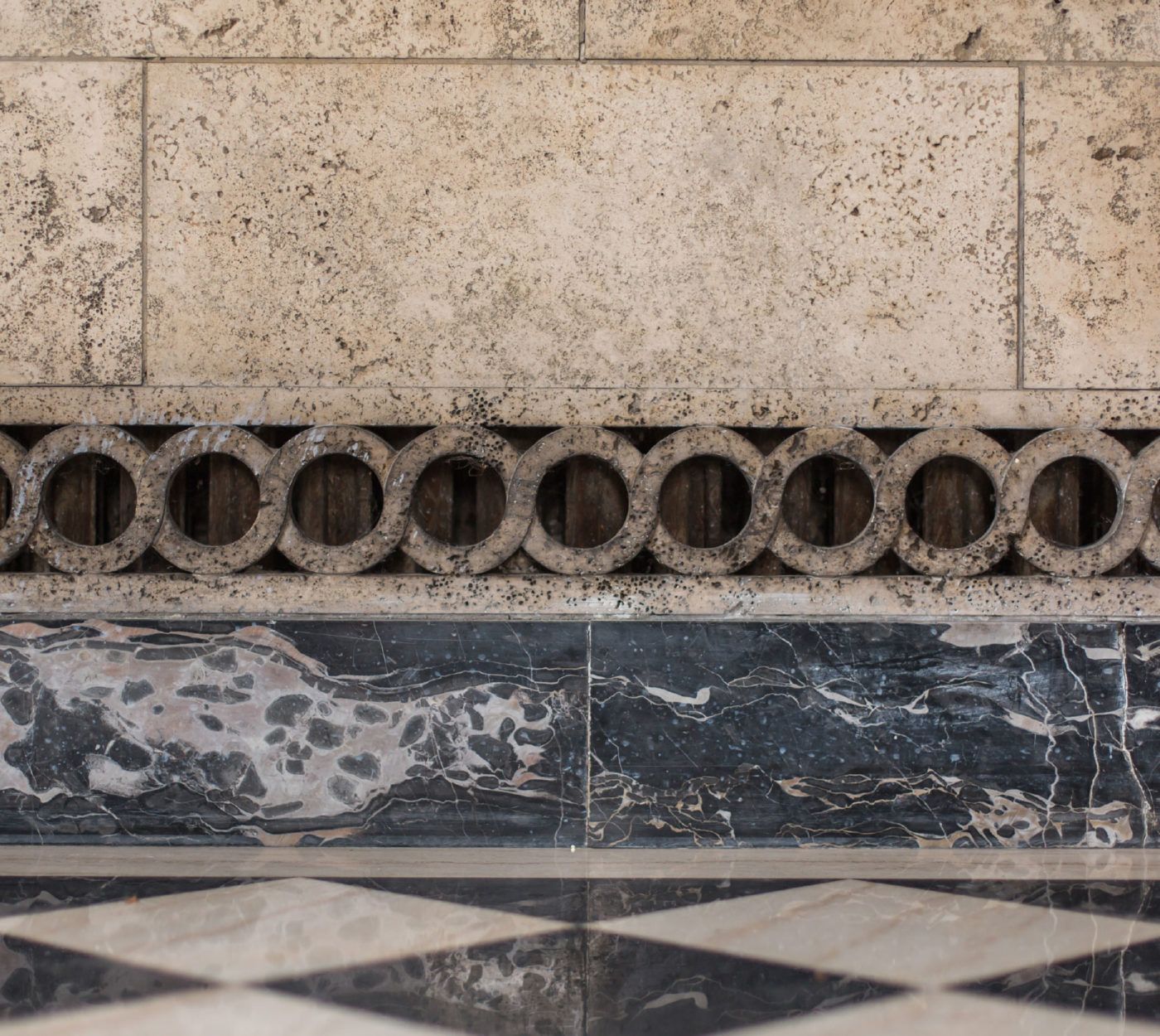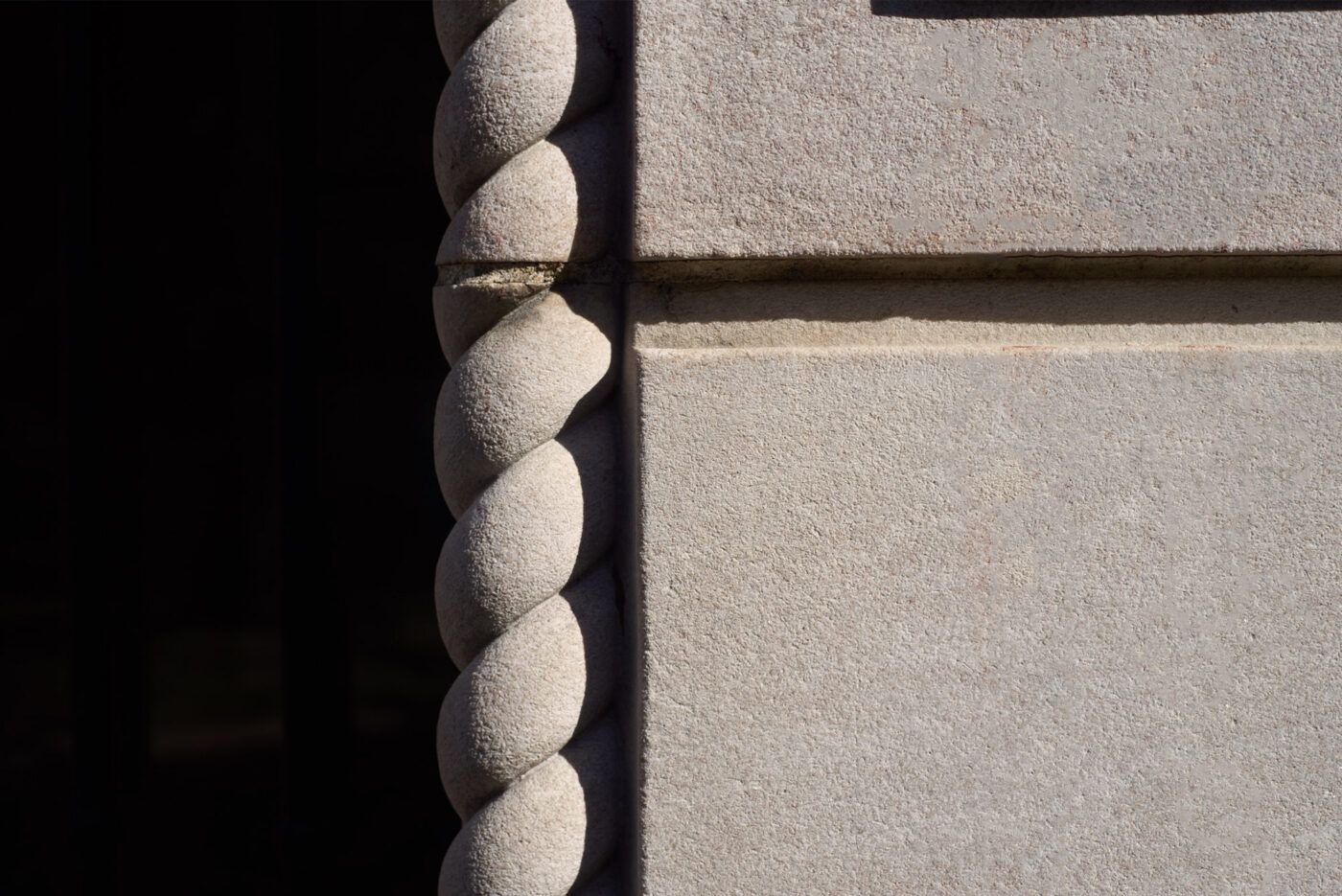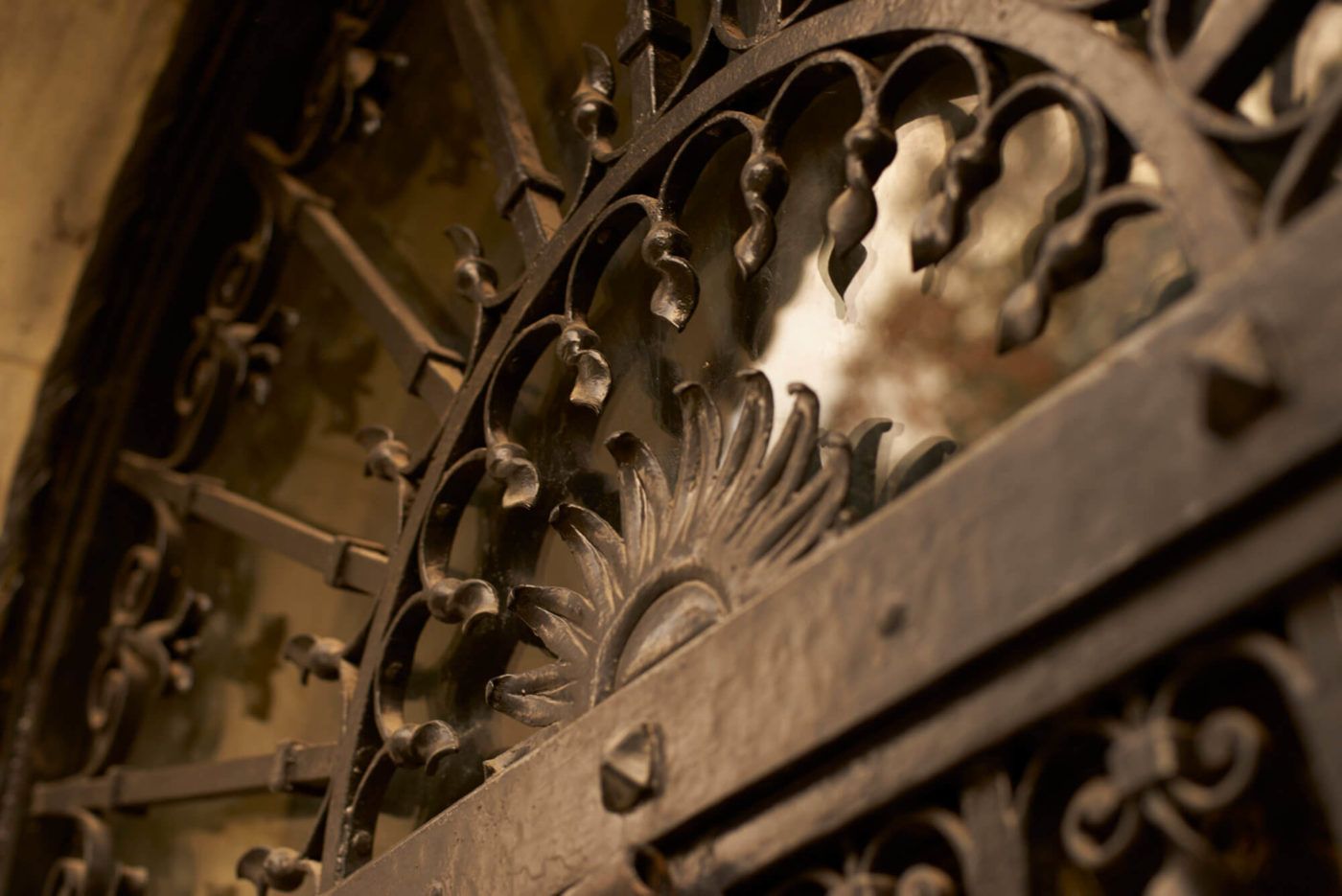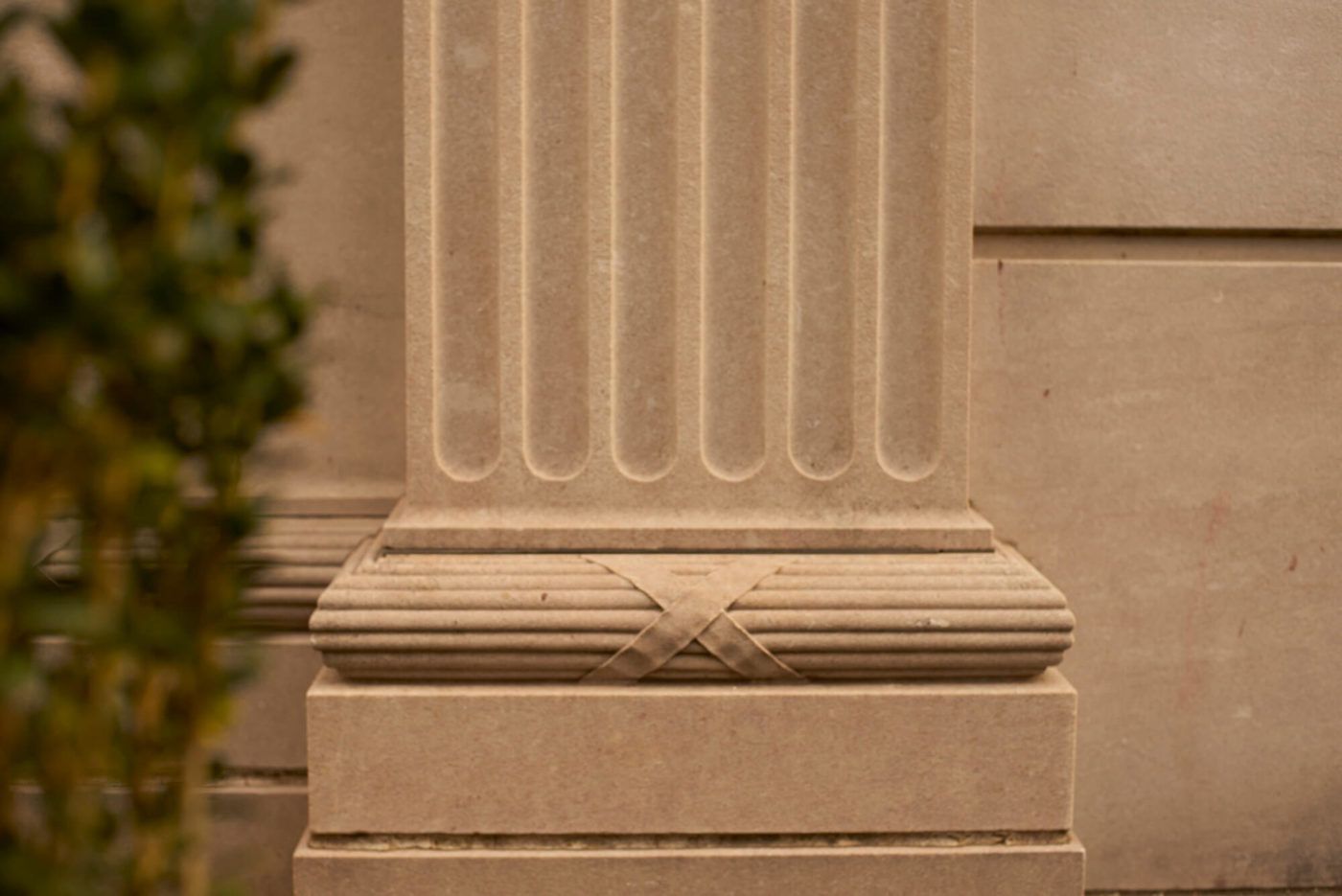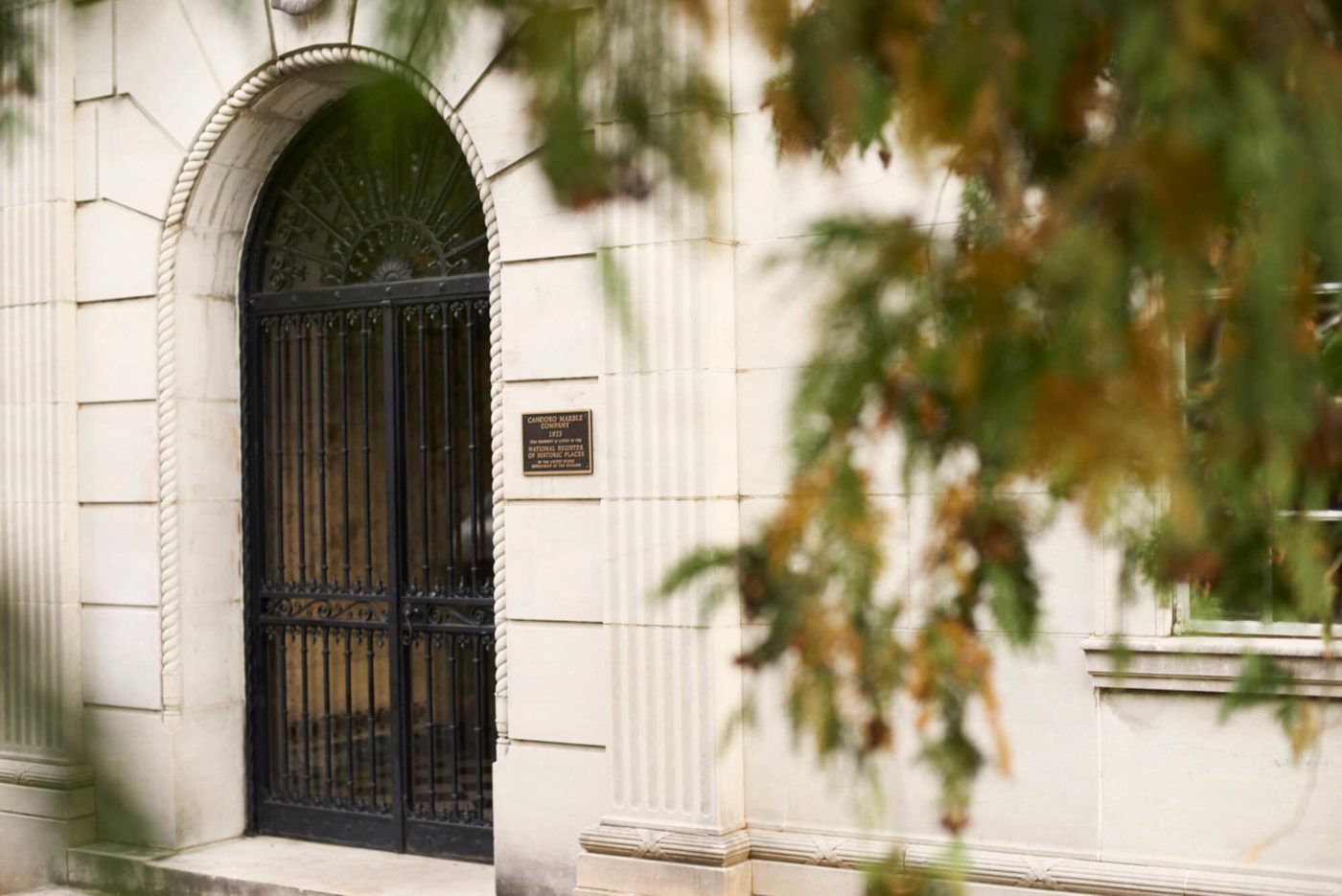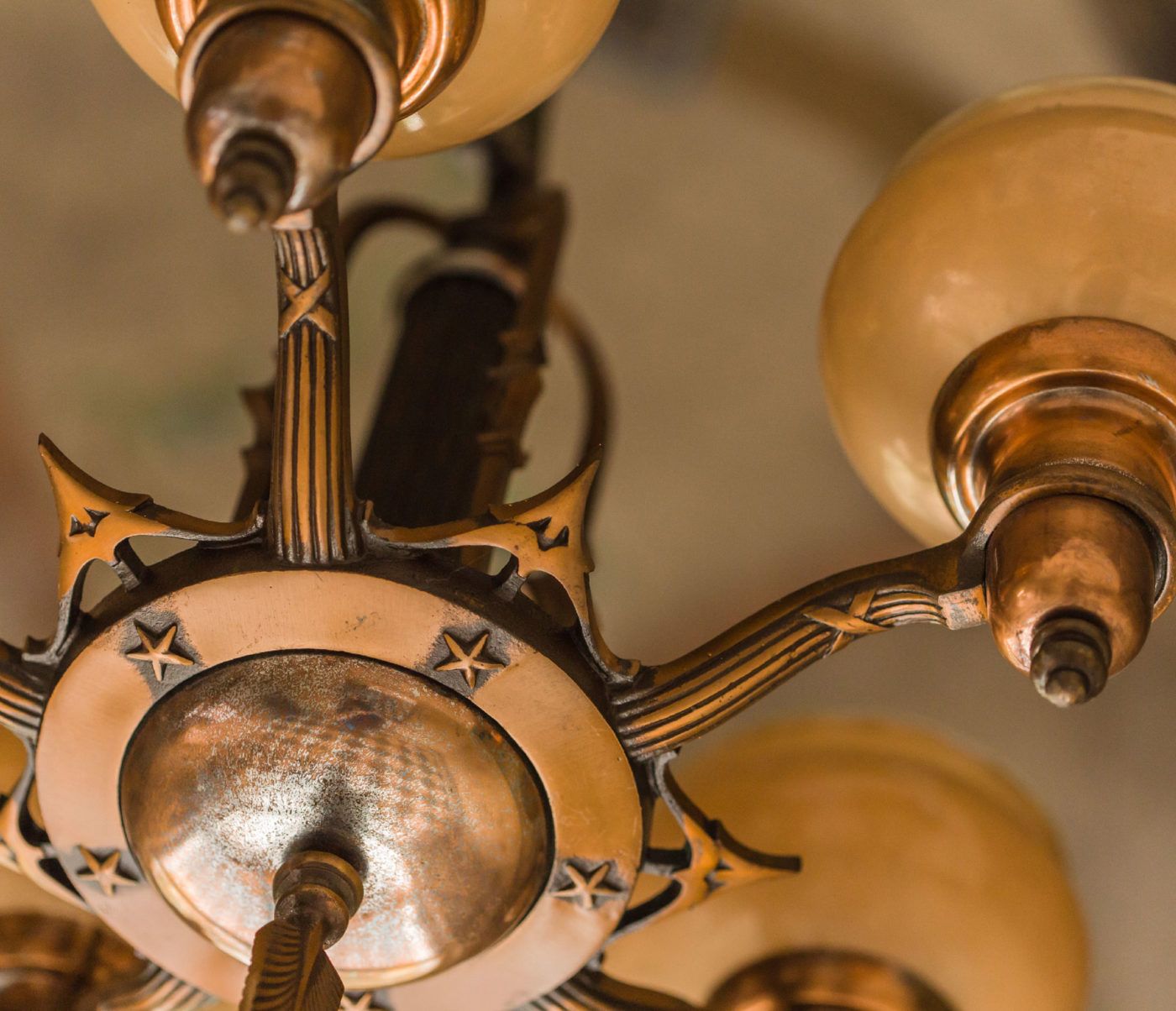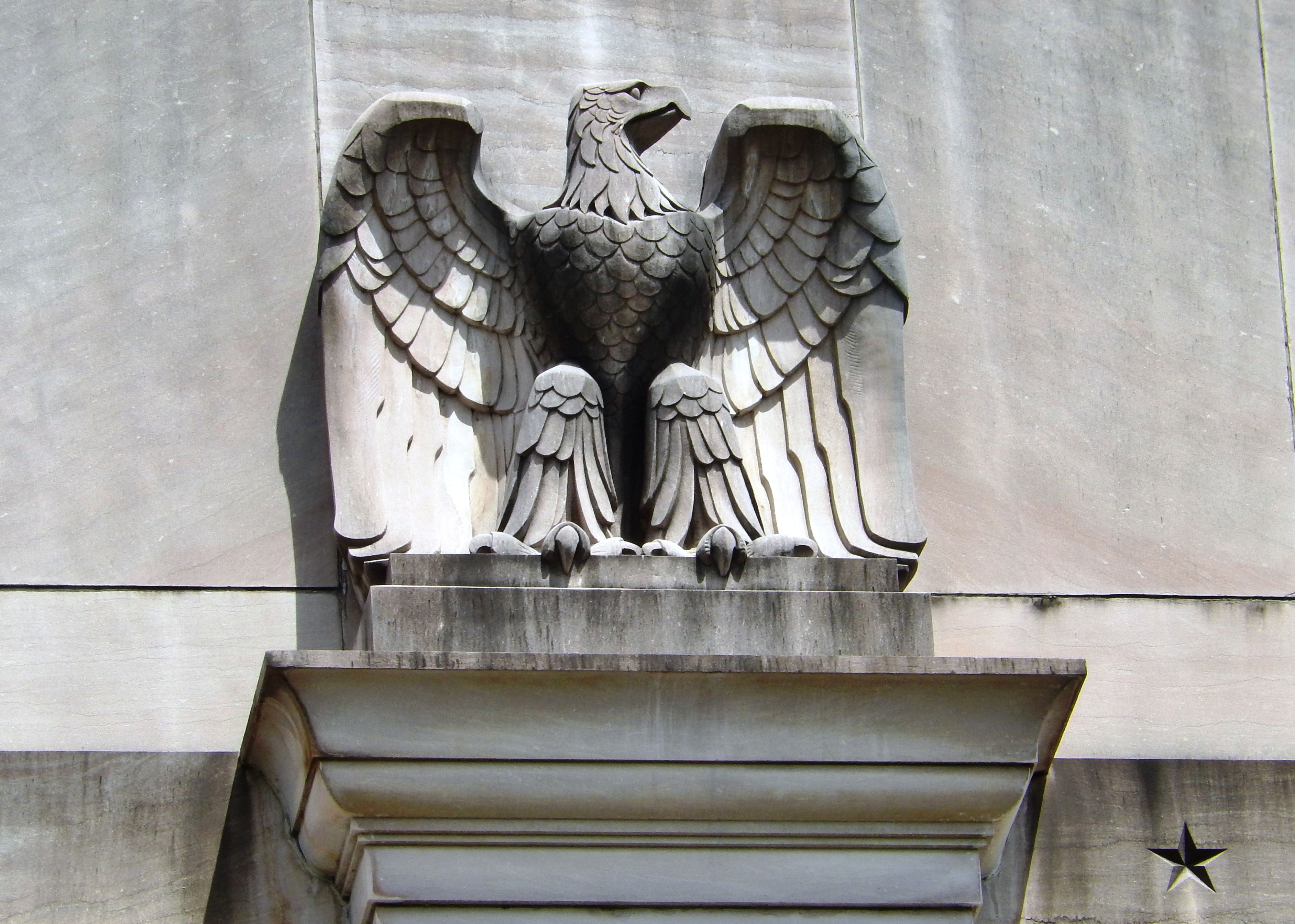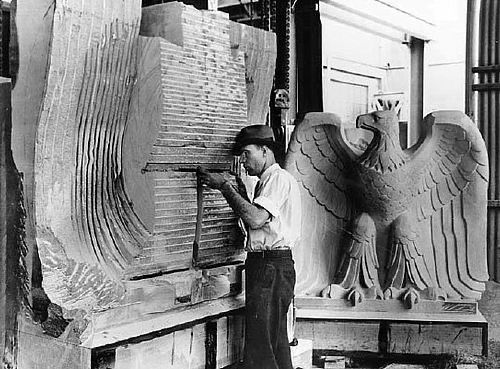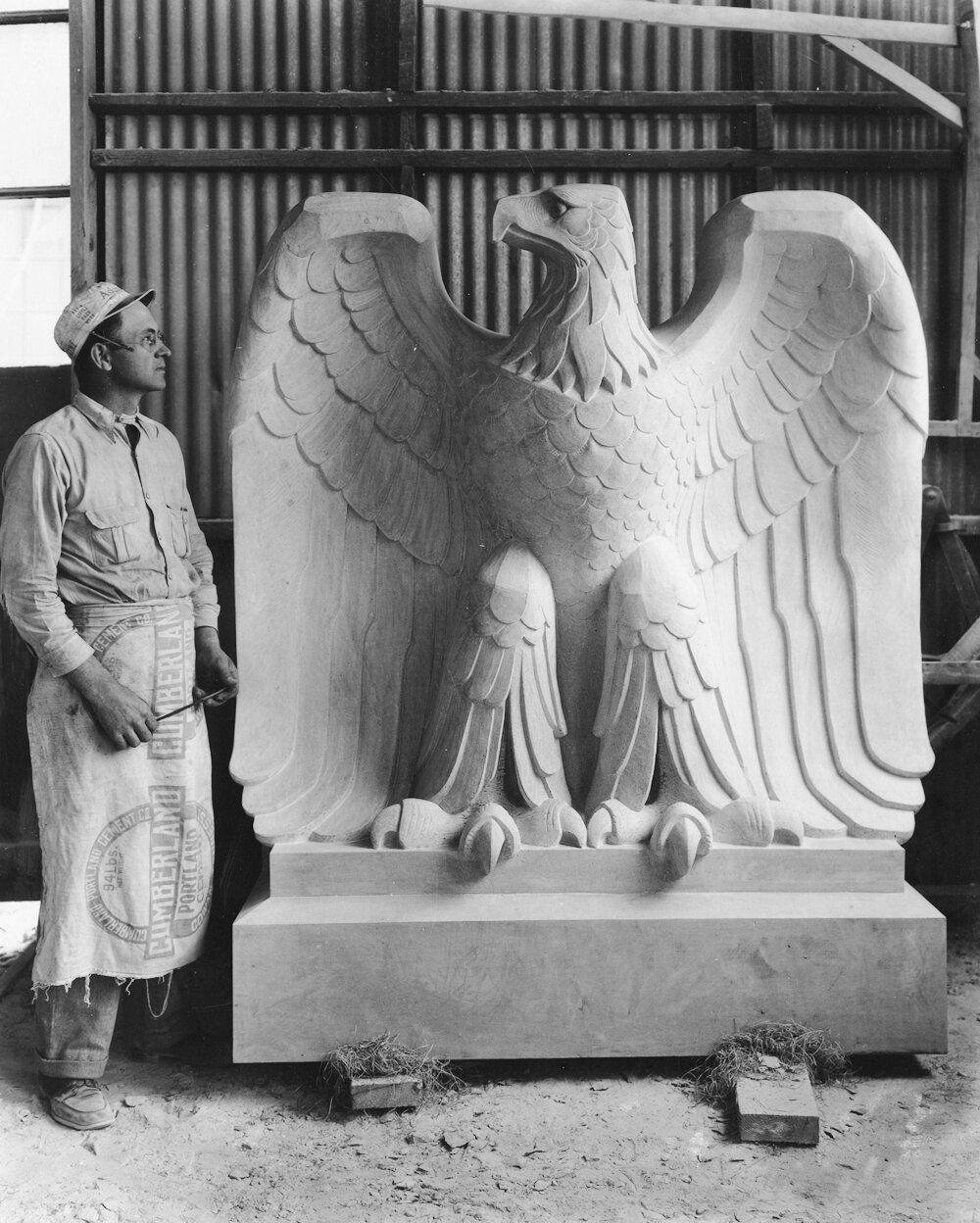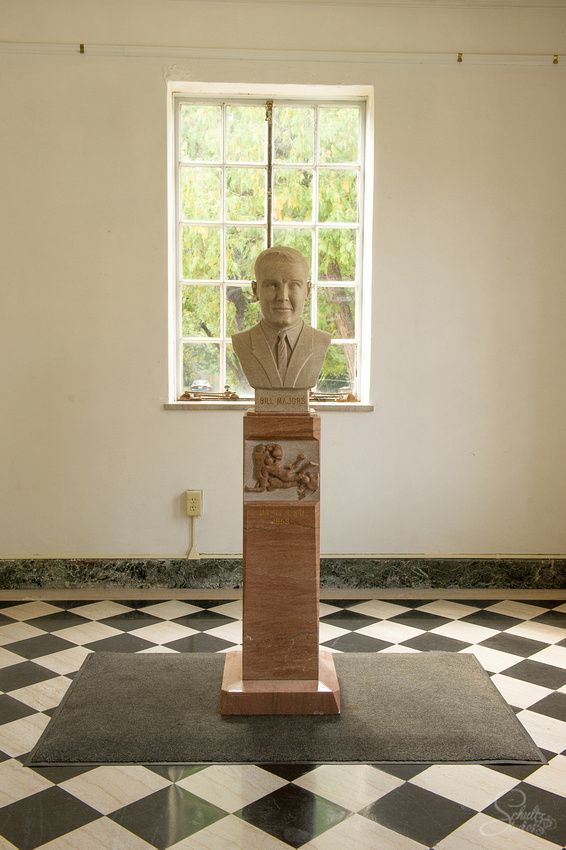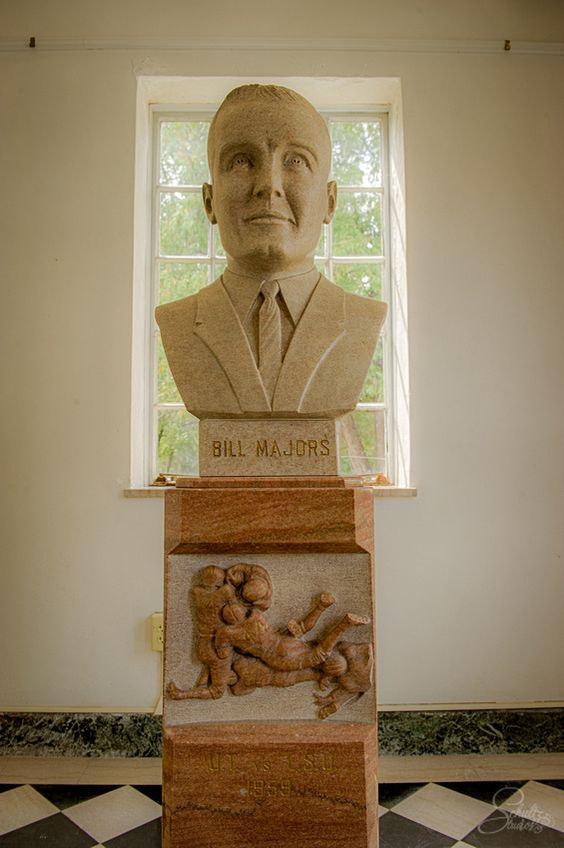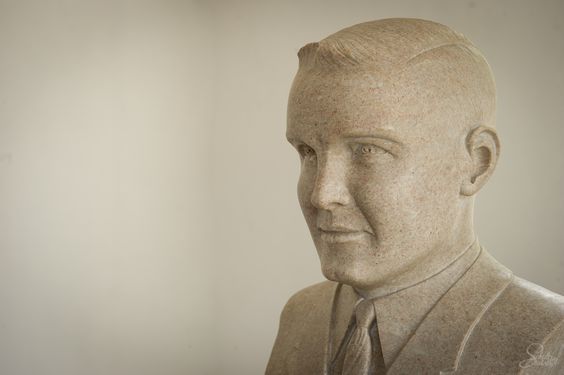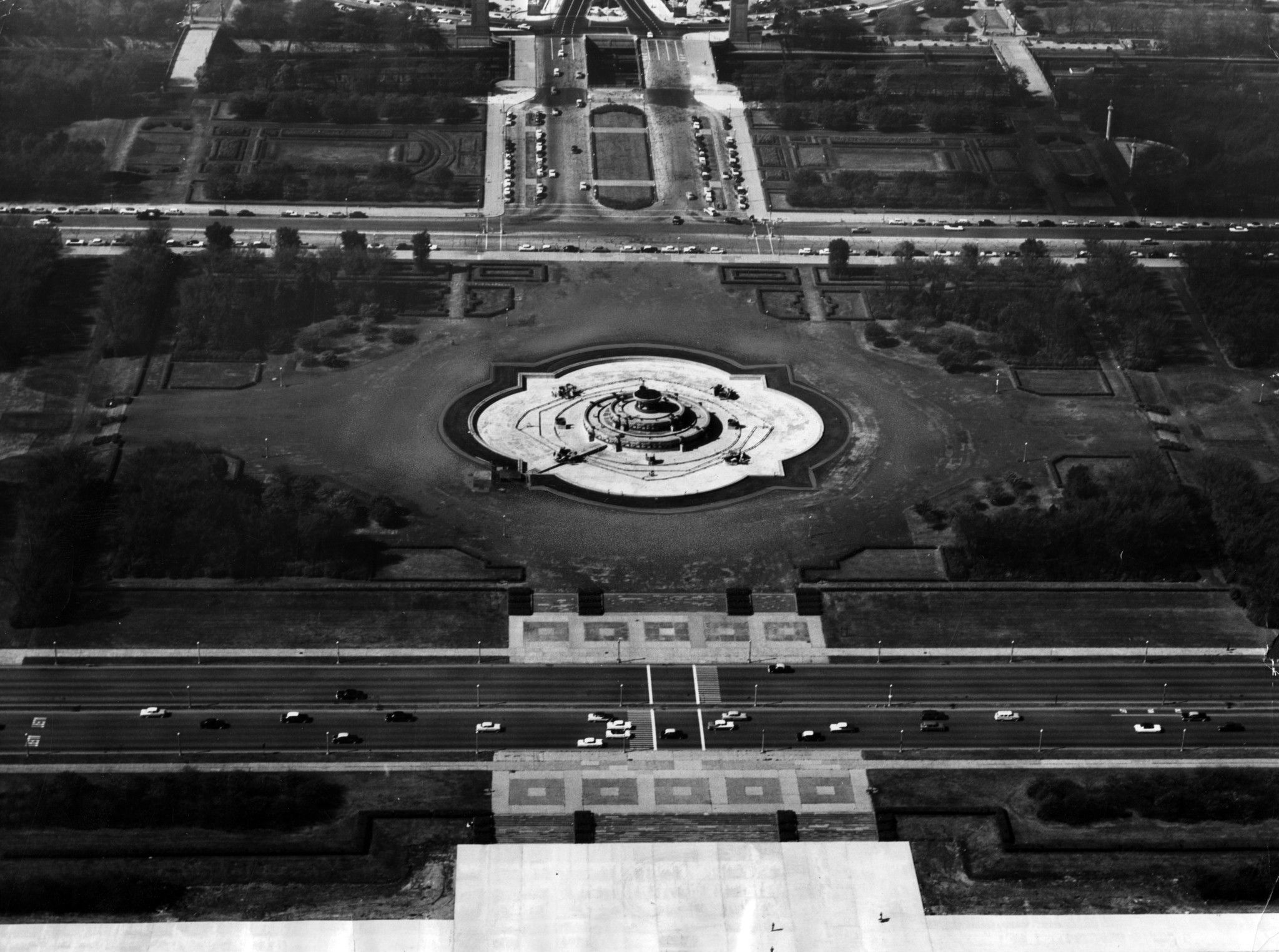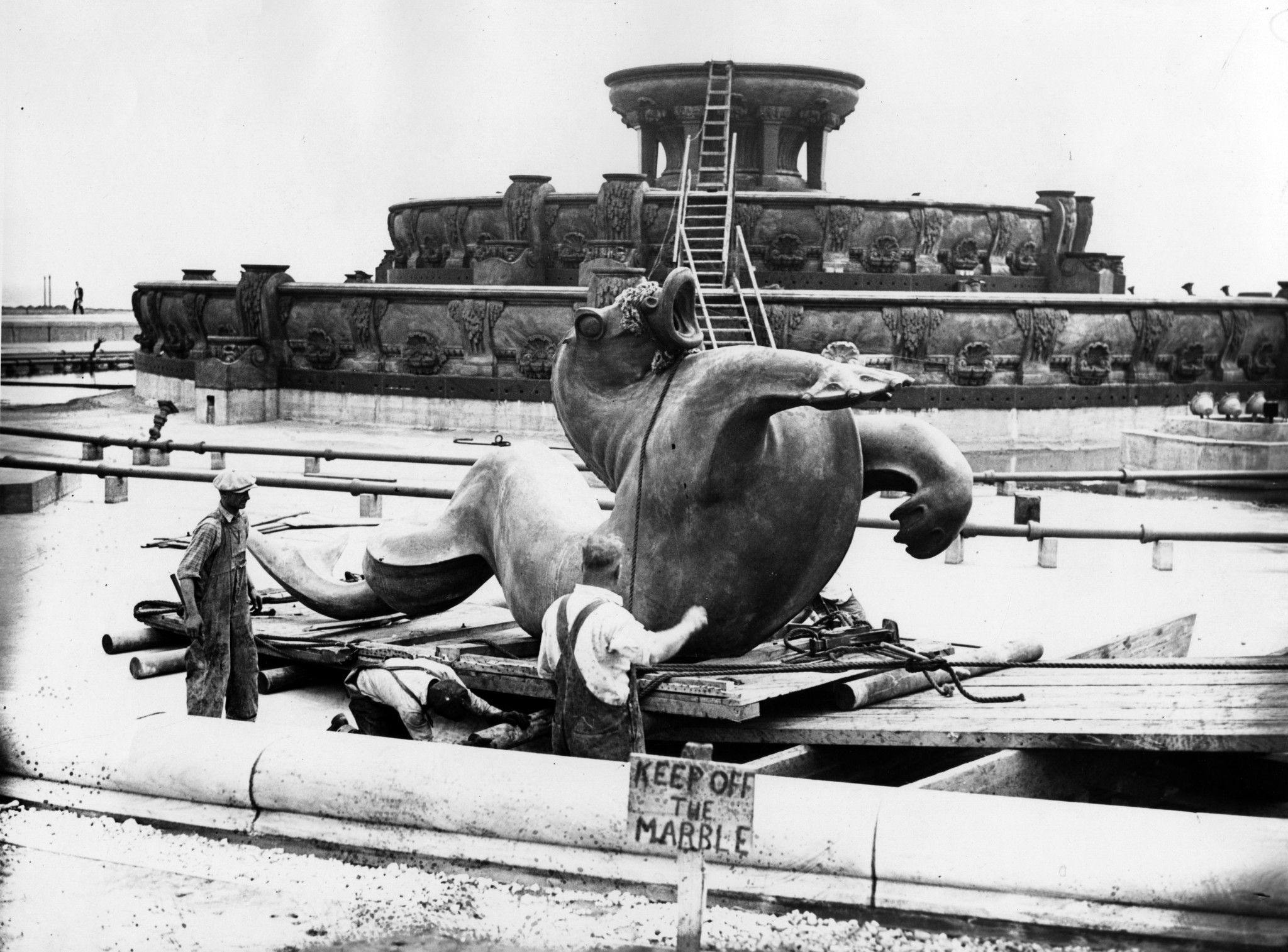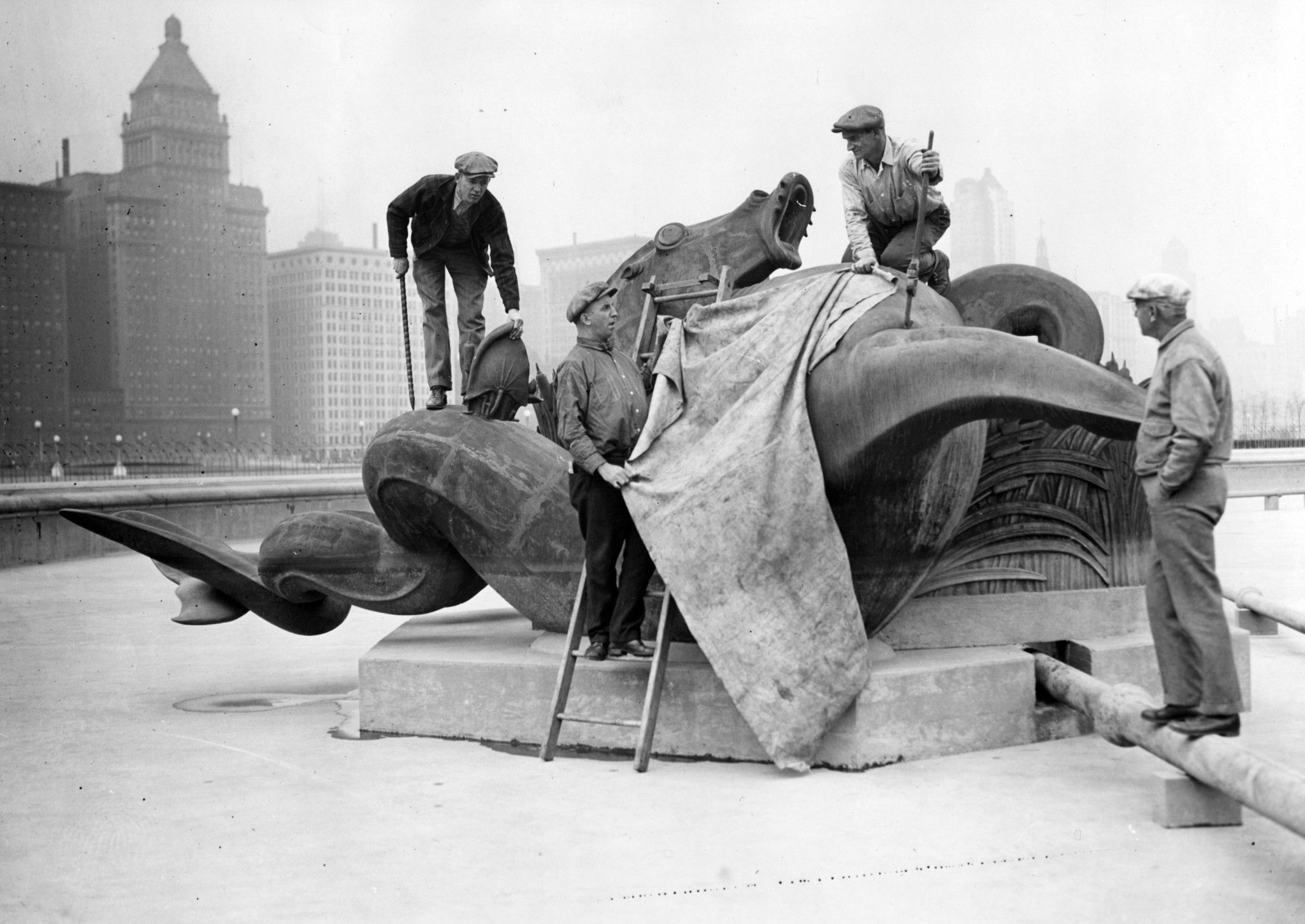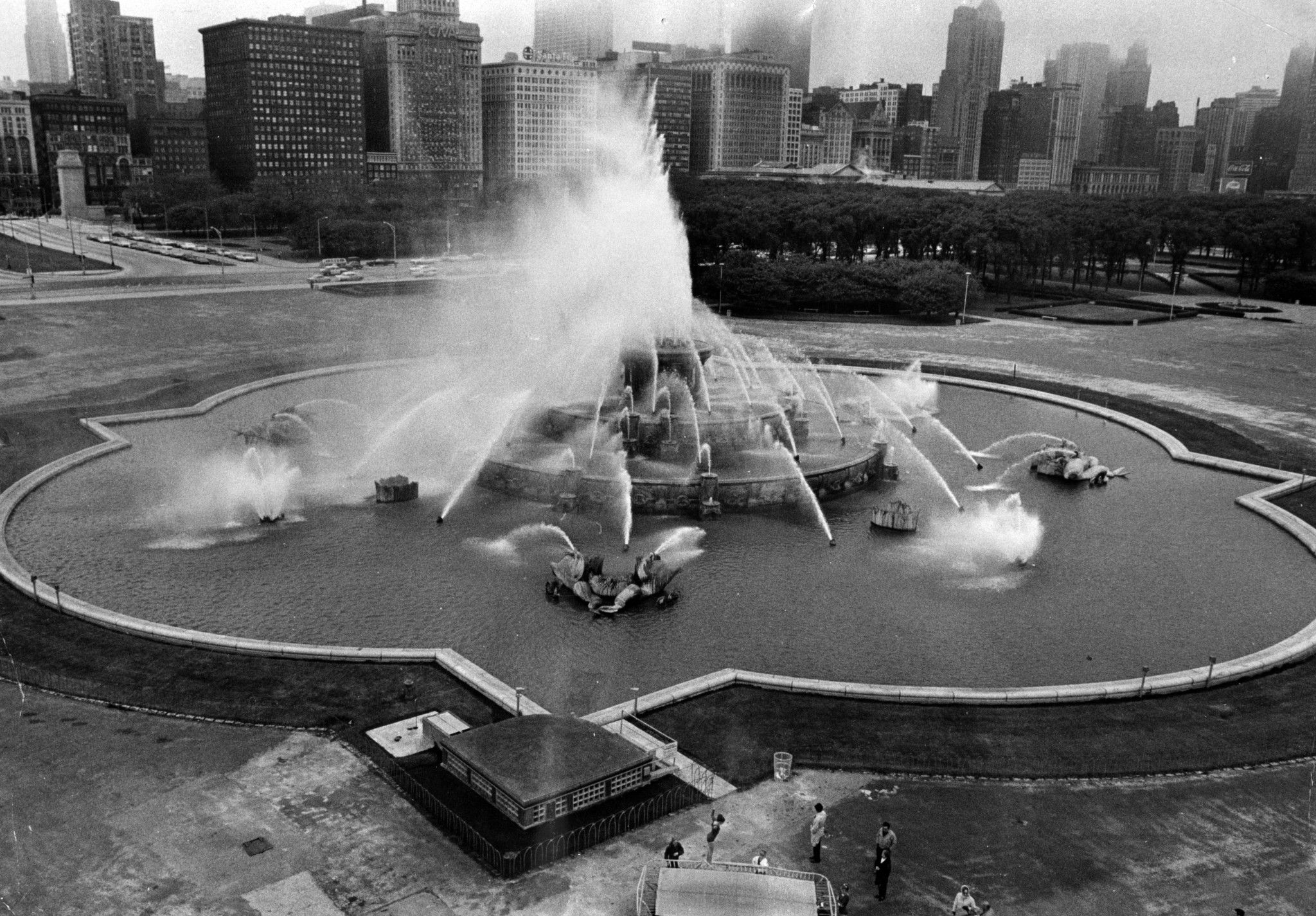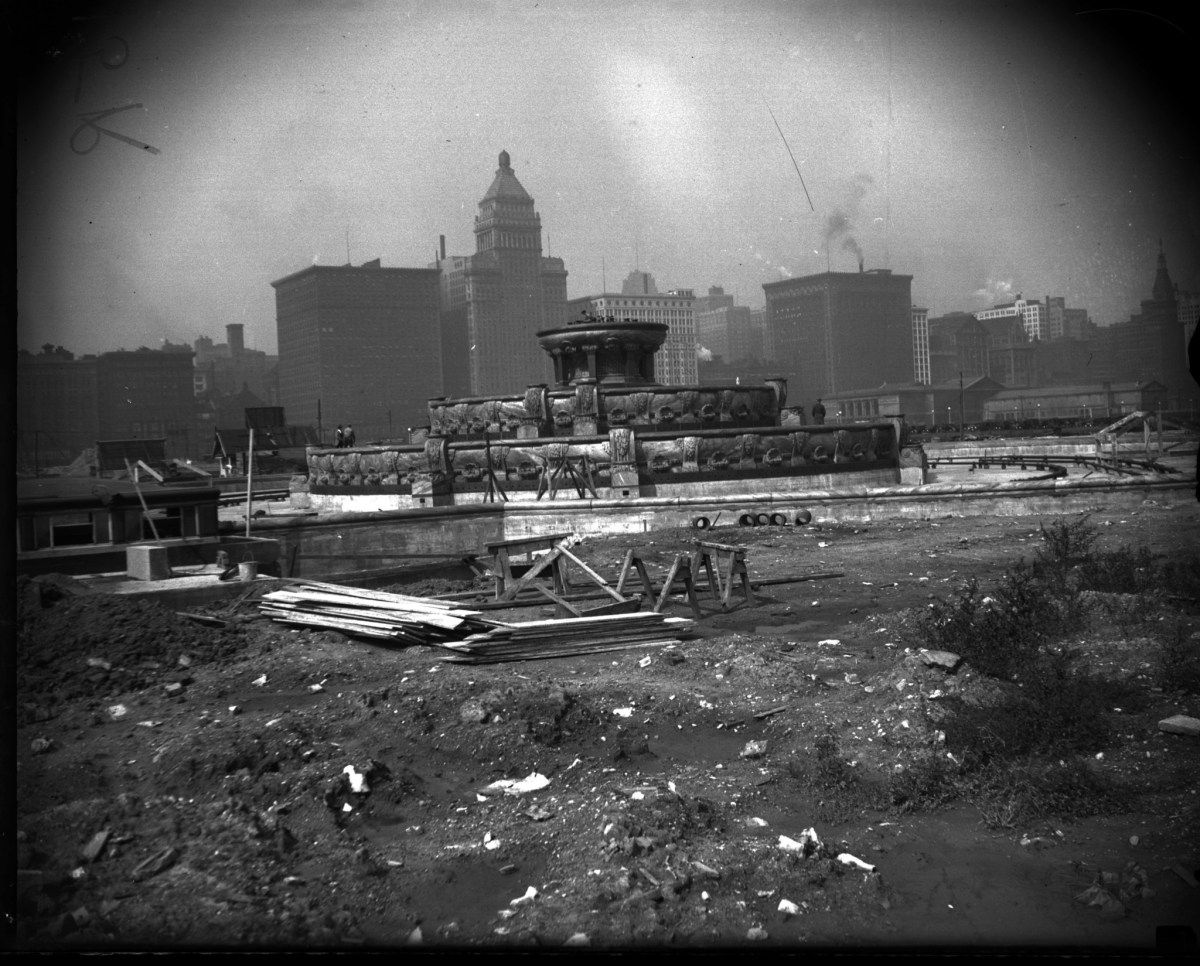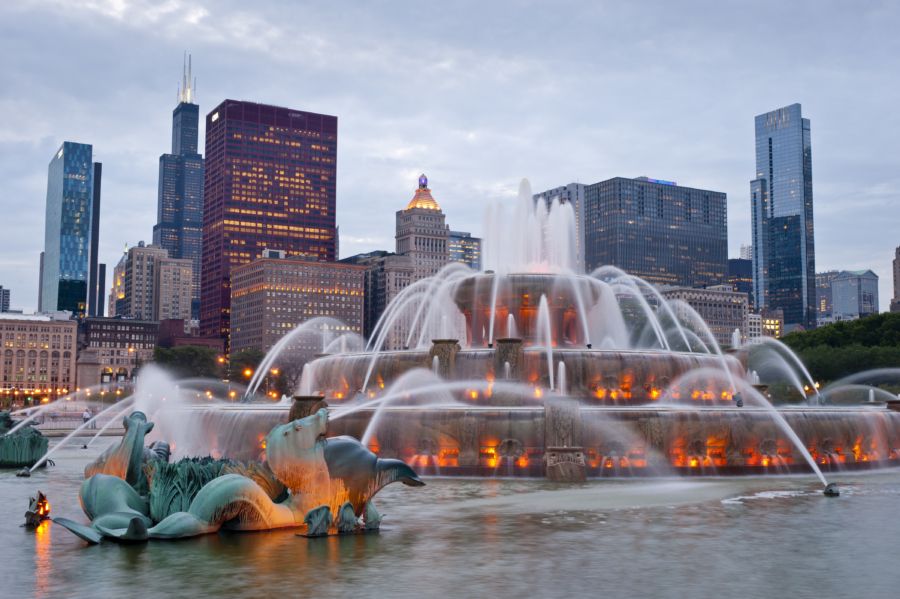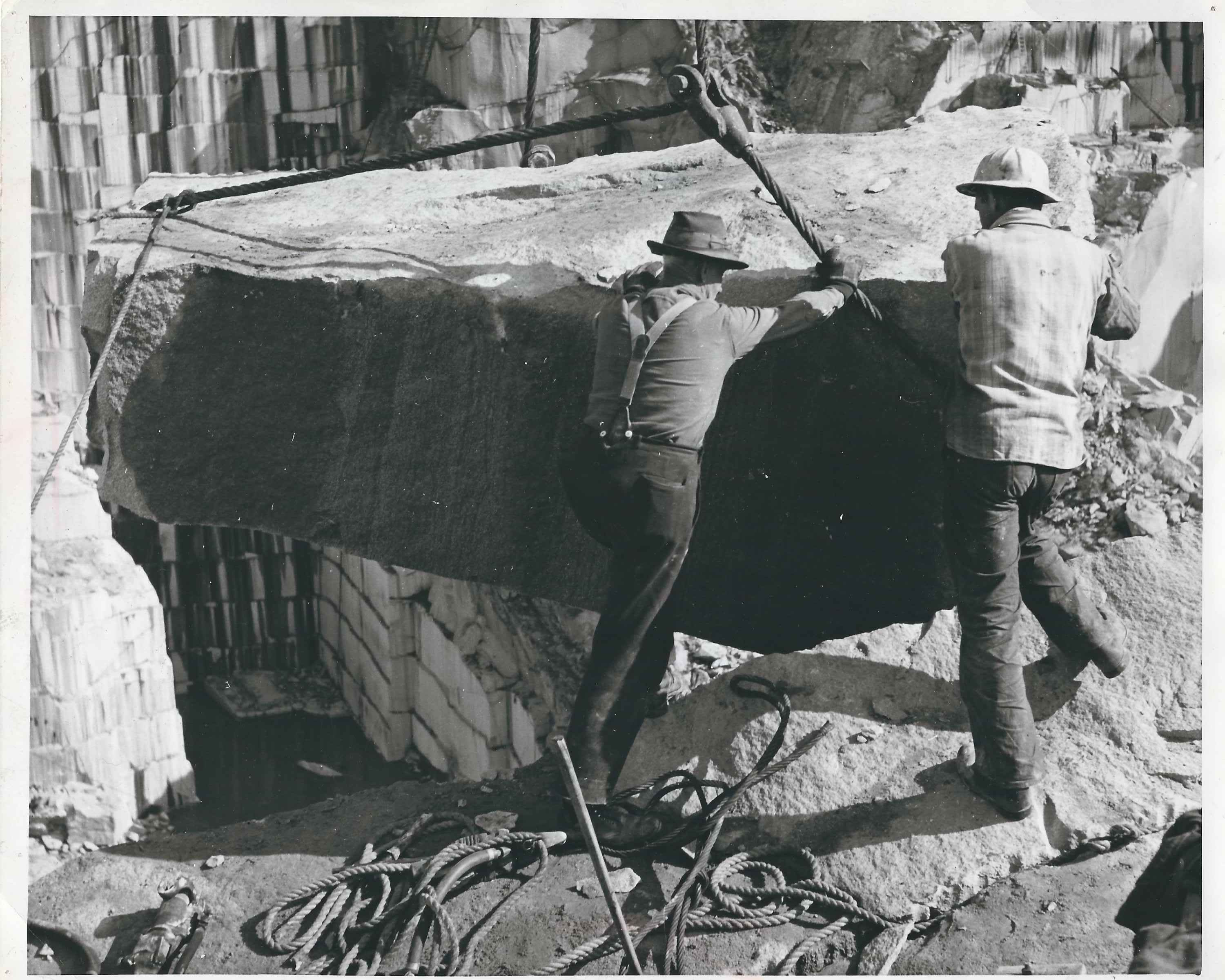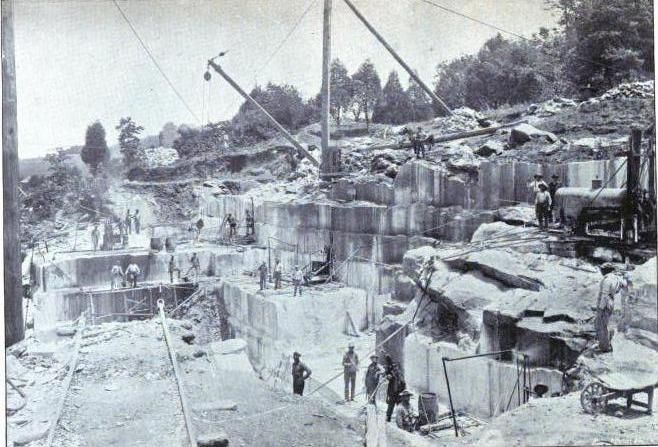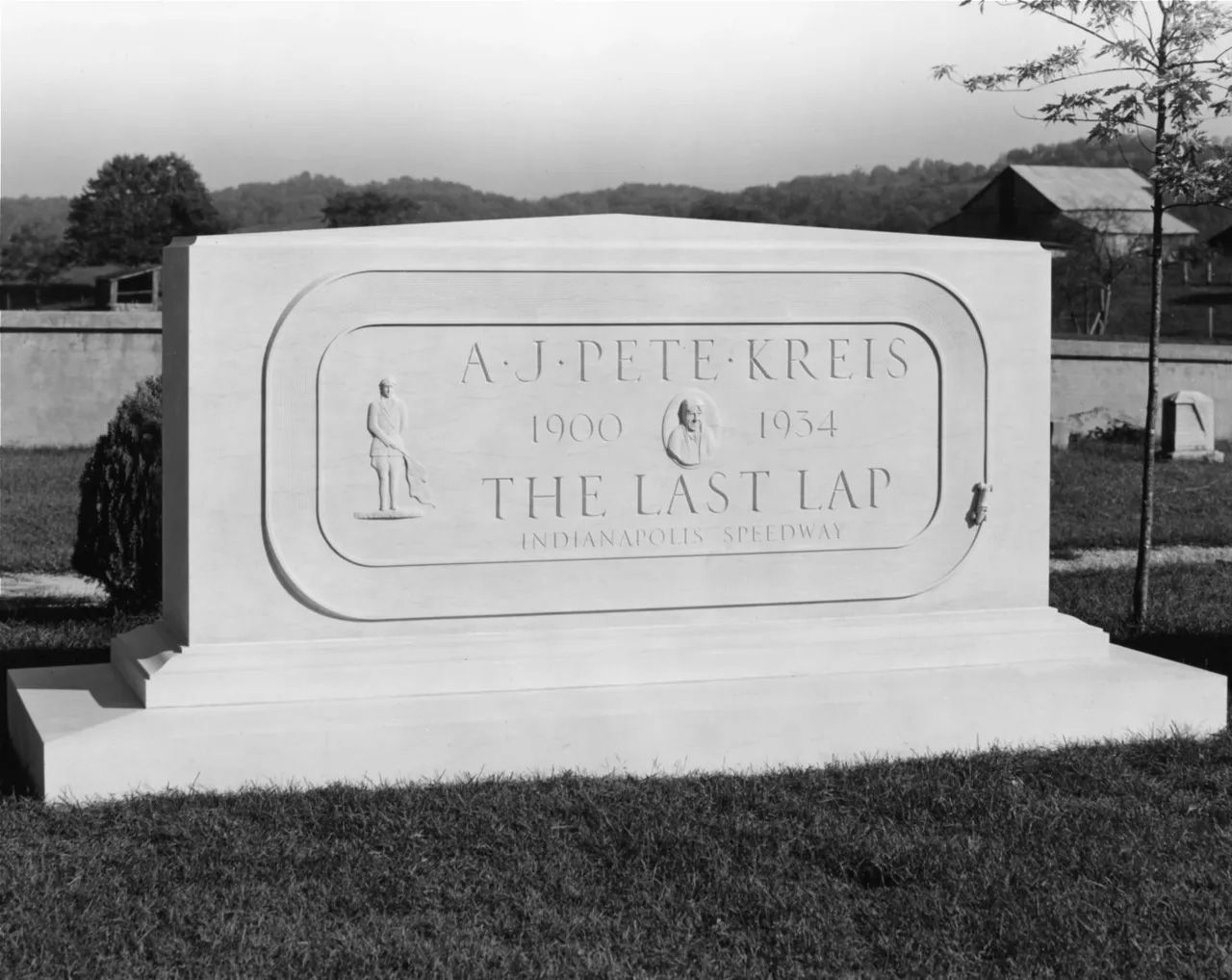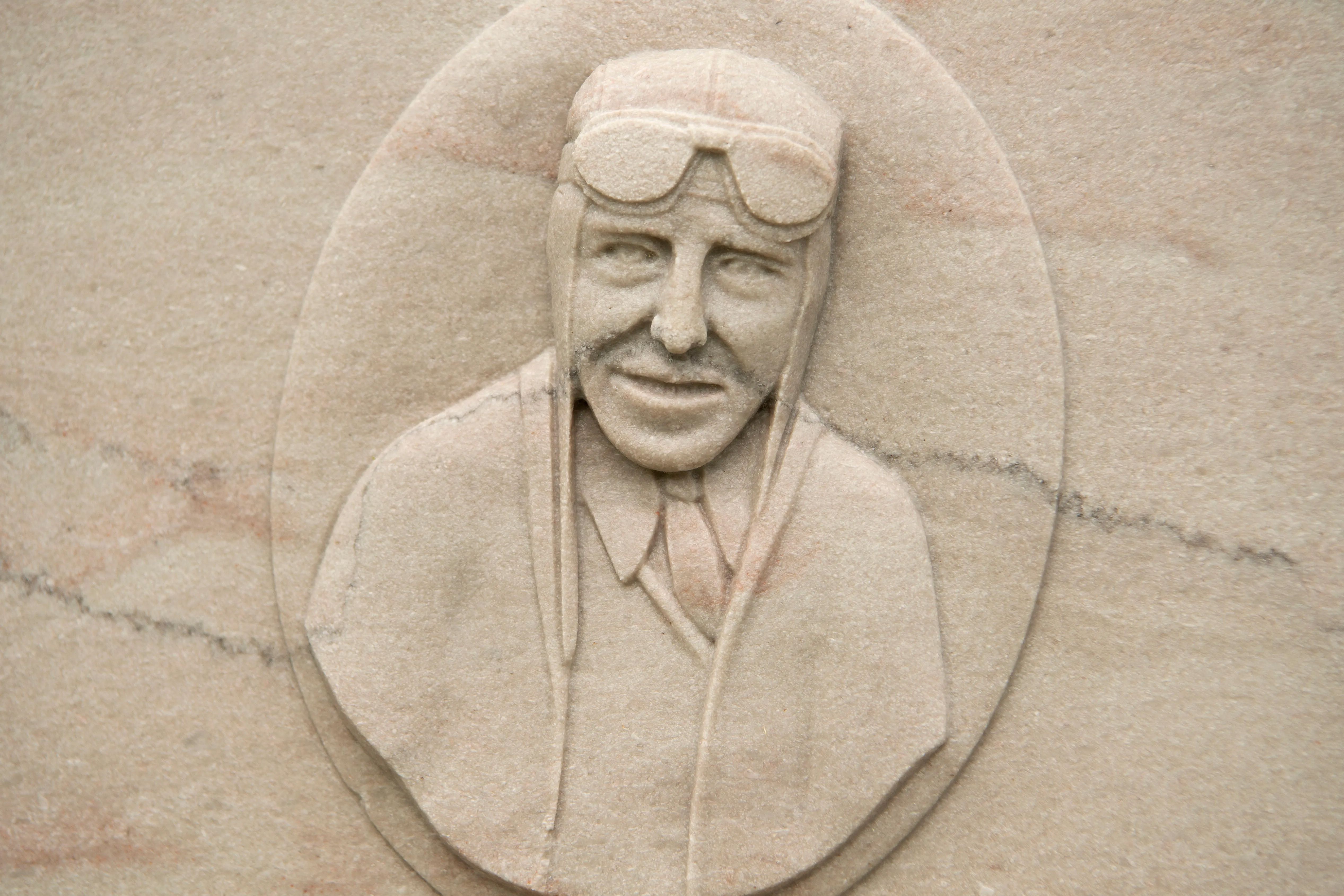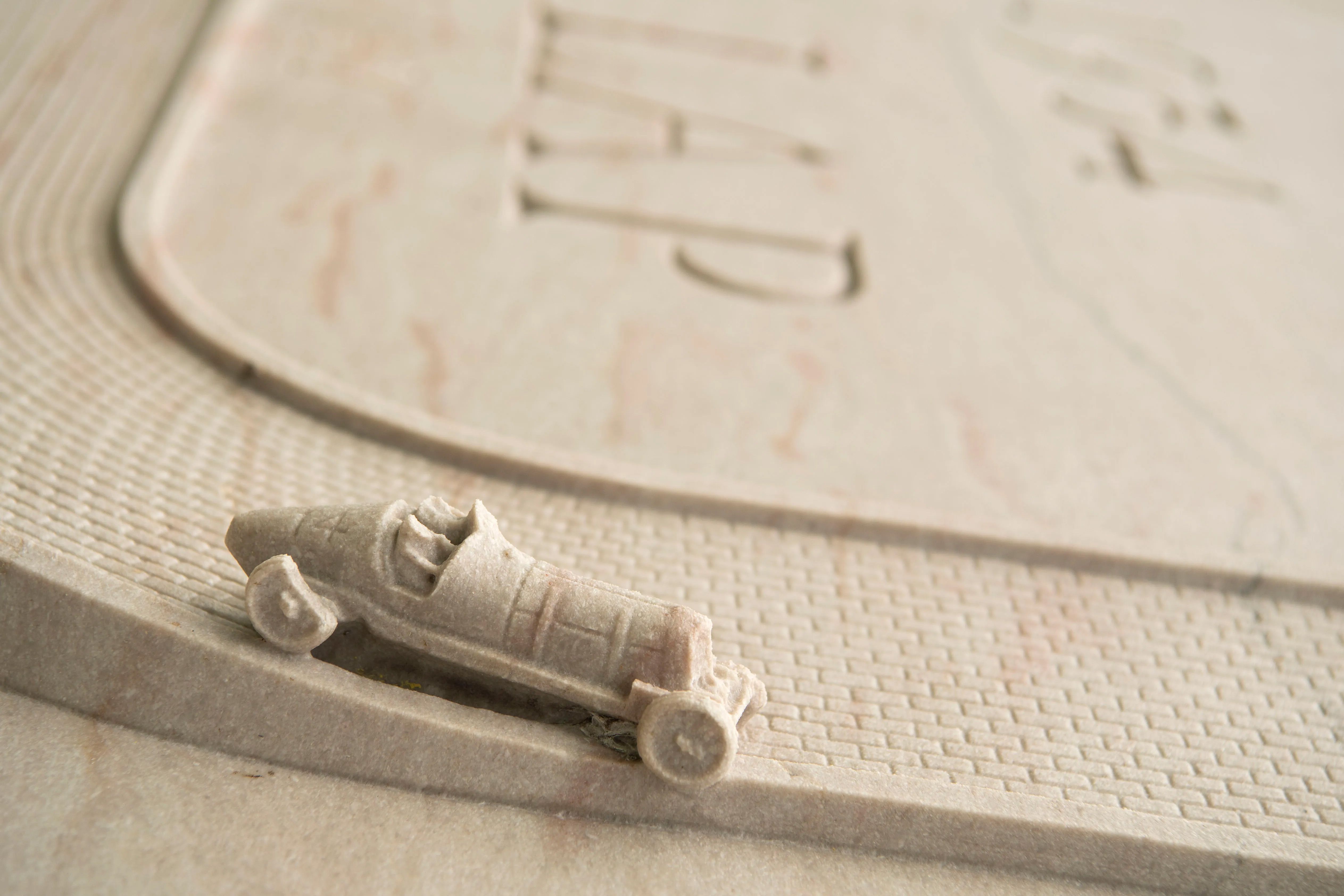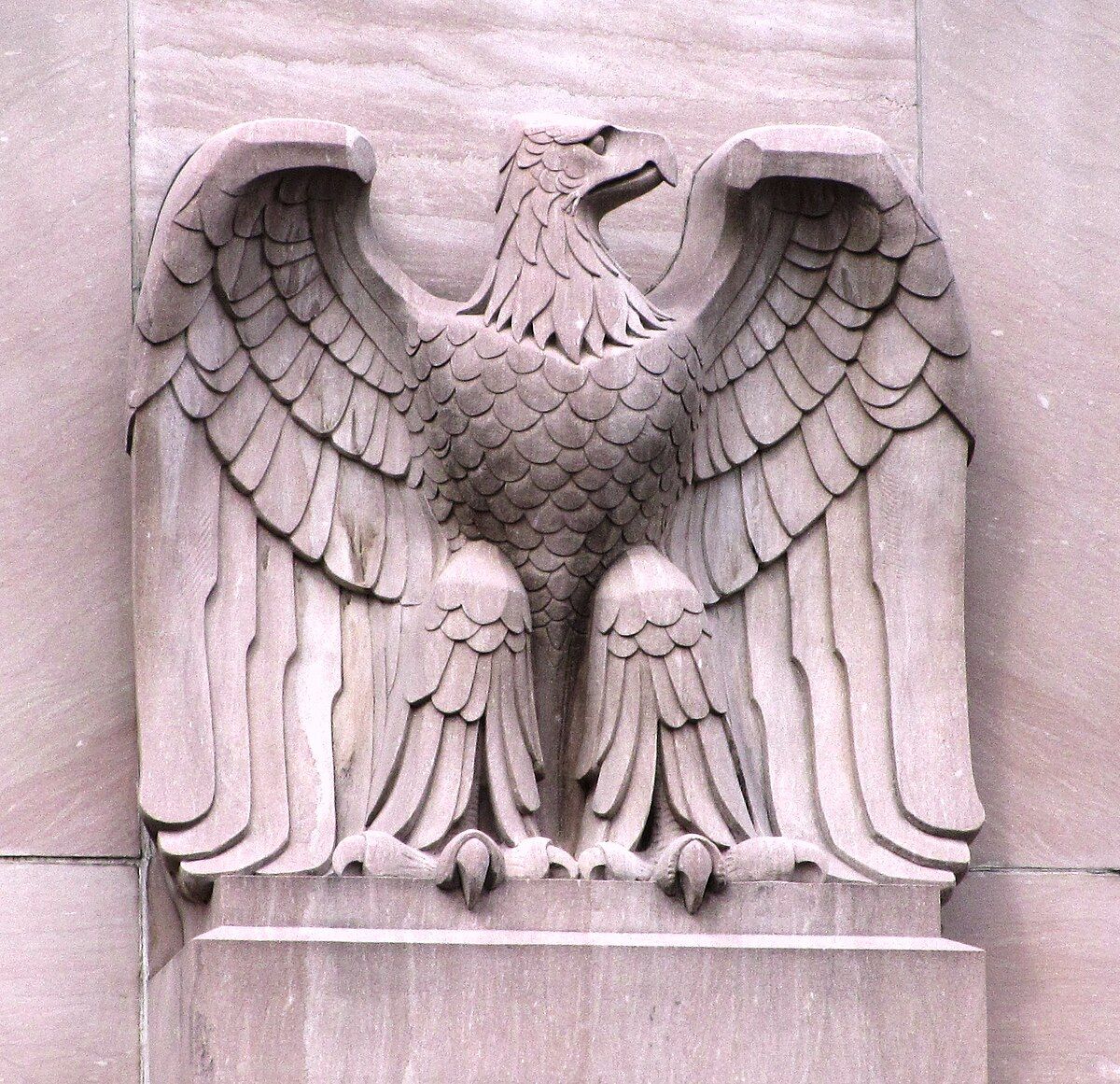Albert Milani
1892-1977
Albert Milani was a talented marble sculptor who settled in Knoxville after 1913. He began working for the Candoro Marble Company in 1927 and created decorative marble sculpture for buildings around the country during his long career with Candoro. Milani usually used imagery from classical antiquity interpreted in a sleek, modern art deco style. One of the sculptor's major projects in Knoxville was carving the eagles on the façade of the Knoxville Post Office in 1934.
Tennessee Supreme Court building
Preface:
My grandmother spoke of her father (Benjamino) and brother (Alberto) fondly and quite often. She had several newspaper clippings and photos of Alberto's work in her house and was quick to tell the many stories. I thought I'd use this space to collect what I could find around the internet for others to read and enjoy.
Alberto "Albert" Palamede Milani (1892-1977), noted Italian sculptor and stone cutter, carved the Candoro Marble Building's exterior ornamentation.
Born in Fossola, Carrara, Italy, a direct descendant of the Duke of Modena, Milani came to America with his mother at the age of four to join his father. The latter was working and teaching under contract at the Blue Ridge Marble Company of Georgia. Upon returning to Italy, Milani attended the Art Academy of Carrara, training in design and sculpture from age nine to fourteen. In 1906 he traveled once more to America with the stipulation that he return to Italy at age twenty. He had a responsibility to serve as a soldier due to his blood relation to the Duke of Modena.
Italian-born sculptor Albert Milani arrived in Knoxville around 1910 with 25 cents in his pocket. Hired by the Candoro Marble Company in South Knoxville, he served as foreman at that well-known producer, until his retirement in the late 1960s. However, it was at his home studio on Sutherland Avenue that he carved many exquisite sculptures that showcased his considerable talent.
He later refused to go back and was, therefore, banished by the Fine Arts Committee of Italy. For the remainder of his life, Milani was not allowed to purchase Carrara marble, considered the most exceptional in the world. In America, he traveled the country conducting on-site sculpturing, accompanied by his father. Eventually, he settled in Knoxville, where he married Lurley Lee Hickman in 1911 and had four children before her death in 1931. Milani received United States citizenship on June 1, 1931, and officially changed his name, by order of the court, from Alberto to Albert. He was married again in 1934 to Thelma Margaret Hodges and raised two more children.
Milani spent the remainder of his life working primarily for Craig Day Marble Company and Candoro Marble Company, as a foreman. During his career, he made numerous decorative statues for buildings across the United States, usually in a modern Art Deco style. In Knoxville, you can find his work on the Tennessee Supreme Court on Main St. and the 1912 Holston Building, among others. A commissioned sculpture he made for a Knoxville born race car driver, Pete Kreis, recognized as the Most Outstanding Memorial by the New York Times, is located at Asbury Cemetery. Also skilled in both blacksmithing and metal tempering, Milani crafted many of his tools and chisels. He retired in 1967 at age 75 from the Candoro Marble Company and relocated to St. Petersburg, Florida.
— Jack Neely, Knoxville History Project
The Stonecutter
by Jack Neely
In the Neyland Thompson Sports Complex at UT is a neat, sunny museum of UT football. It’s an upbeat kind of a place, celebrating youthful achievement; the closest the exhibit gets to melancholy is one kiosk honoring UT football players and coaches who died before their time.
There are quite a lot of them, but the most famous is Johnny Majors’ little brother Bill, the former UT player and coach who was riding through West Knoxville with a couple of other coaches in 1965 when their car almost beat a train to the crossing.
Most of the athletes in the museum are honored with photographs, paintings, even mannequins. Majors rates a more classical homage: a bigger-than-life marble bust. In this representation he’s a healthy, confident-looking young man in a suit and tie, an ideal of youth from a previous era. Something about the way his pupils are carved makes the bust look as if it’s haunted with a friendly ghost.
On the bust’s pedestal is a more unusual sculpture, a frieze-type sculpture of grit and struggle that may remind you of the Iwo Jima monument. Four football players are grappling with a ball carrier. Their identities are indistinct except that painted on their backs are numbers: 14, 61, 44.
The inscription reads, UT vs. LSU, 1959. It was the last-minute goal-line stand legendary to a generation, when an otherwise lackluster UT team stopped a two-point conversion attempt to upset number-one-ranked LSU by one point. Majors was number 44; this was his moment of national glory.
As it happens, this sculpture has something in common with a Buddha in Pakistan, a fountain in Japan, a mausoleum in Panama, another fountain in Chicago, a drinking fountain at Norris Dam, and the eagles on the post-office building on Main Street in downtown Knoxville. They all belong to the long and wide-ranging career of a man born in Fossola, Italy, during the rule of Umberto I. His name was Alberto Palamede Milani.
Milani was 75 when he finished the Bill Majors bust in 1967. It was a labor of love for a family he knew well, and is believed to be his final work in marble. As it happens, one of Milani’s first known projects, completed more than half a century earlier, is barely a mile away: the marble work on what was then known as the Holston Bank Building. The brick-and-marble building at Gay and Clinch, then Knoxville’s tallest, was built in 1912. Knoxville was then known as the Marble City, and Milani, for reasons of his own, decided to stay.
Milani’s birthplace was near the famous white-marble quarries of Carrara, the source of Michaelangelo’s greatest work. Though the Milanis were nobles, descendants of the Duke of Modena, they were artisans of marble, and from the age of 9 Alberto trained at the Art Academy of Carrara. As a youth he came to America a couple of times with his father, Felice Benjamino Milani, who worked and taught at a Georgia marble company. He was supposed to return to Italy in 1912 to fulfill a military obligation related to his ancestry.
Perhaps because he had met and married a Sevier County girl with the tongue-twisting name of Lurley Lee Hickman, he refused to return. The Italians responded by banning Milani from the Carrara quarries for life.
It was about that time that he was beginning work on the big bank building at the corner of Gay and Clinch, perhaps fashioning the florets and scrollwork still evident in the building’s facade today. There’s evidence that he was working with his father; there’s a Benjamin Milani listed living in downtown boarding houses off and on around World War I in the neighborhood on the northwest side of downtown where several other Italian families lived. Alberto generally favored South Knoxville. He rode a Harley and hunted and fished with his neighbors. “They were a bunch of Vestal rednecks,” says his grandson, Richard Henson, a former Vestal resident himself. “But they were his friends.”
After bearing four Milani children, the stonecutter’s first wife died of cancer in 1931 at the age of 40. Alberto’s mother, born Olimpia Sangrinetti, moved to Knoxville to help. She never learned to speak English well but was known as a master cook, preparing the fish and game her son brought home from his frequent trips and making her own pasta. She introduced some well-to-do early 20th century Knoxville families to the uninhibited pleasures of Italian cuisine.
Milani married again in 1934 and moved into an eccentric brick house of his own design on Sutherland Avenue, just west of the area known as Marble City, and raised more kids.
By then, Milani, who rarely spoke Italian except to his mother, changed his name to Albert. He did some of his best-known local work in the ‘30s, beginning with the large marble eagles that adorn the art-moderne facade of the post-office building on Main Avenue. He carved them by hand at the Candoro Marble Co. in Vestal. In the photos he looks like a stern man, but Henson says he was anything but. “He had the evil eye, that was how he controlled things,” he says. “But he had a wonderful sense of humor. He was an outgoing, gregarious man.”
Maybe Milani’s most unusual sculpture marks a grave in the Asbury Cemetery, the grave of early Gran Prix and Indy race-car driver Pete Kreis of Knoxville, who died in a qualifying lap at the Indianapolis brickyard in 1934. On the large stone, Milani carved a likeness of Kreis so lifelike it startled the racer’s family. But more than that, he carved a detailed rendering of the brick-lined racetrack itself, with a marble representation of Kreis’ two-seater race car at the point that it ran off the track. It earned national notice.
The Milani house, near Sutherland’s produce and ethnic-food markets, is still there, now occupied by Hallmark Realty. It’s been extensively remodeled since Milani lived here, but it still sports what’s probably the most unusual fireplace mantel, carved with an elaborate hart crest in slate of variegated colors. The lady who runs the place will tell you, before you ask, that it’s not for sale.
Just after he finished the Majors bust, which consumed a reported 400 hours of his life, Milani and his second wife, Thelma, retired to Florida, where Milani died in 1977. He’s buried in South Knoxville’s Woodlawn Cemetery, between his two wives. Also in the plot is his mother, Olimpia, the reluctant American. Their family monument is a bench of Tennessee pink marble bench, inscribed with a grape-leaf design.
The Vestal neighborhood bash known as the Vestival always takes place on the unusual grounds of the Candoro marble company on Maryville Pike, where Milani worked. This weekend’s festival, Saturday from 11 to 7, will honor Milani himself. The Milani family, which still thrives in Knoxville, has helped assemble a historical exhibit of Milani’s sculpture in the Italianate building that Milani himself adorned with his work.
May 6, 2004 • Vol. 14, No. 19
© 2004 Metro Pulse
© 2004 Metro Pulse
A bust of Bill Majors, carved from Tennessee marble, was presented to the university as a gift in 1967 by its artist, Albert Milani, two years following the death of Coach Majors in a car accident. Milani was the chief carver for Candoro Marble Company from 1927 until his retirement in 1977. He had his own studio on Sutherland Avenue and accepted private commissions. Among his works are the two marble eagles that crown the facade of Knoxville’s 1934 downtown Post Office Building and the History of the World relief for the Pennsylvania State Capitol at Harrisburg. The Candoro Arts and Heritage Center has a permanent display, “Master Sculptor at Candoro: Albert Milani 1892–1977.”

